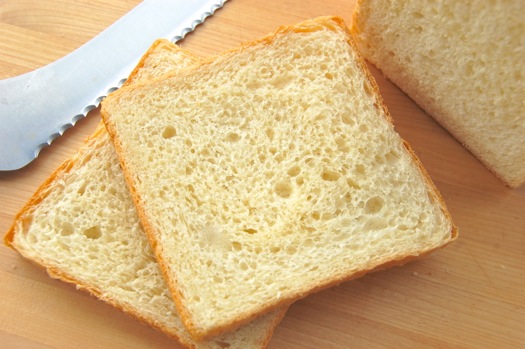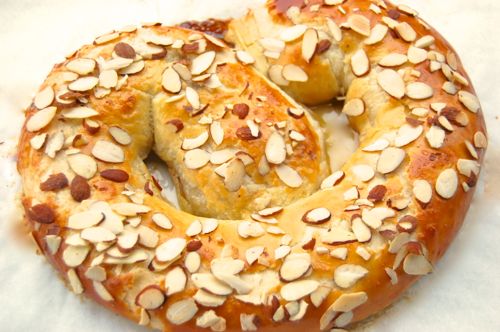Pretzel Myth 2: Not with a 10-Foot Pole
My own thought on the origin of pretzels, and it’s not original, is that they were invented in Central Europe, somewhere around the region of what is now known as Germany. That said, this is absolutely not how it happened. Frankfurt, located in the German State of Hesse, has been an important commercial hub for […]
READ ON
